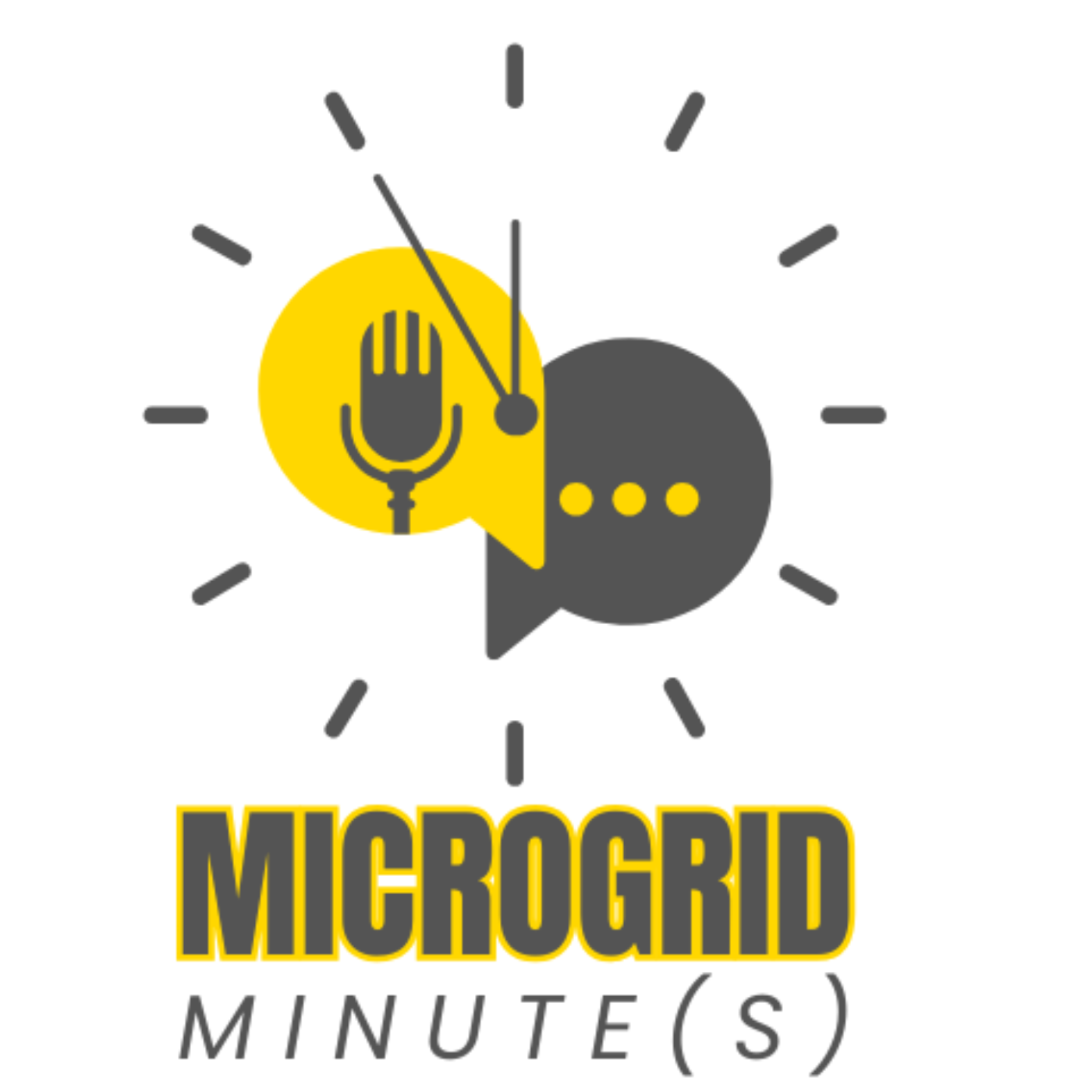Listen "Microgrids vs. Traditional Grids"
Episode Synopsis
IntroductionThe episode begins by acknowledging the current interest in the future of energy and introduces microgrids as a potentially disruptive force in the energy sector.Defining MicrogridsWhat is a Microgrid? The hosts define a microgrid as a localized power system that can serve various areas, such as a business complex, a neighborhood, or even a small town.Key Characteristic: It can operate independently or connect to the main power grid, highlighting its flexibility.More Than Solar Panels: The hosts emphasize that a microgrid is more complex than simply having solar panels on a roof, comparing it to a miniature power station with sophisticated technology.Contrasting Microgrids and Traditional GridsEnergy Source: Traditional grids rely on large, centralized power plants often situated far from consumers. Microgrids, on the other hand, generate power close to where it is consumed.Efficiency: The hosts point out that traditional grids lose a significant amount of electricity (8% to 15%) during transmission. Microgrids improve efficiency by minimizing transmission distance.Energy Source Diversity: Traditional grids typically rely on a single energy source, such as coal or natural gas. Microgrids offer more flexibility by incorporating various energy sources, including solar, wind, traditional generators, and fuel cells.Resilience: Traditional grids are vulnerable to widespread blackouts, especially during extreme weather events. Microgrids can "island" themselves, disconnecting from the main grid and continuing to operate independently during outages.Energy Management: Traditional grids lack sophisticated energy management. Microgrids utilize advanced energy management systems that monitor everything in real-time, predict energy demand, balance output from different sources, and prioritize power allocation during emergencies.Sustainability: Traditional grids struggle to integrate renewables effectively, resulting in a larger carbon footprint. Microgrids are inherently more sustainable because they can incorporate renewable energy sources and reduce transmission losses, contributing to a smaller carbon footprint.Benefits for StakeholdersCost-Effectiveness for Businesses: Microgrids can save businesses money by reducing their reliance on the main grid and mitigating the impact of peak demand pricing.Energy Independence: Microgrids offer businesses more control over their energy supply, shielding them from price fluctuations and ensuring more stability.Sustainability as a Business Advantage: Adopting a microgrid demonstrates a company's commitment to sustainability, which enhances brand image and resonates positively with various stakeholders.Steps for Microgrid ImplementationFeasibility Study: A preliminary step to assess whether a microgrid is a suitable solution for a particular business or location. This involves understanding energy needs, consumption patterns, and location potential.Design and Planning: Businesses need to engage with experienced microgrid integrators to design a system tailored to their specific requirements, such as available space, energy demands, and preferred energy sources.Regulatory Compliance: It is essential to navigate regulations and acquire necessary permits to ensure a smooth implementation process.Installation and...
More episodes of the podcast Microgrid Minute(s)
Microgrid Components
01/12/2024
 ZARZA We are Zarza, the prestigious firm behind major projects in information technology.
ZARZA We are Zarza, the prestigious firm behind major projects in information technology.
